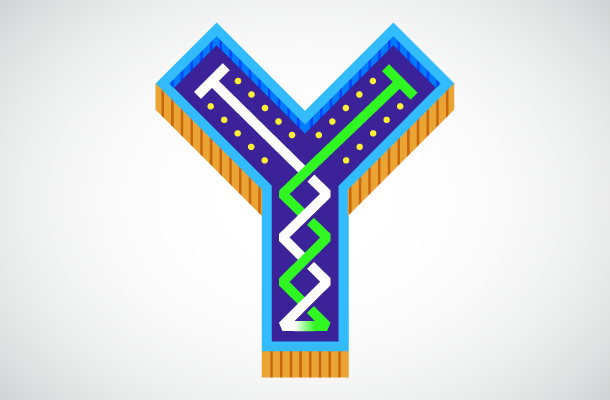What’s a Winning Design?

Yahoo! is a great place to work for some designers. If you have a high enough rank or the unearthly ability to sway people’s opinions toward your own, you can make Yahoo! products however way you want. That’s because their design philosophy is not based on numbers, statistics or results. They’re based on people’s guts and feelings.
To give you a background to my vague introduction, I must inform you, my reader, that I visited Yahoo! headquarters the other week to talk about a future product that my company is helping them build. For obvious privacy reasons, I’ll leave the details of the project a mystery.
Our Meeting
Walking into their beautifully designed modern headquarters with great lighting, plants all around and purple signage at every turn, I instantly fell in love. It was like a designer’s gymboree! There were colorful couches, floor to ceiling white boards, and design print outs everywhere. Employees were constantly getting out of their seats to talk to others about their work. It was heaven…until we finished our meeting.
The meeting mainly encompassed my company going over our recent successes with Yahoo!. The powerpoint we used were full of bar graphs, numbers and statistics. We relayed exact lifts in conversion and explained what variables caused them. We had an assortment of screen grabs demonstrating the differences. We went into great detail to explain what works and what doesn’t through statistical proof.
Once we explained the background behind our beliefs, we then shared our next plans of action on the project. That’s when we hit a road block. Our plans did not coincide with Yahoo!’s.
We figured out that someone in the Yahoo! company decided that the company’s strategy toward this project should be an opposing methodology from what we mathematically proved to be correct. Where did they come up with this strategy? Their gut. My guess is that they combined proper design standards, competitor analysis and personal preference to formulate their design without any consideration of what their target audience actually wants.
My team, who doesn’t make any design decision without doing an a/b test first, had to ask how Yahoo!’s strategy is doing in testing. Yahoo! flatly responded that they haven’t done any. I believe that was the main difference between the two companies’ beliefs: one makes decisions on the mathematical results of testing while the other decides on what they feel.
TESTING VS THE GUT
I will not say that one methodology is better than another. There are pros and cons to both testing and following your gut when designing. I mean Steve Jobs made Apple one of the most successful businesses in the world based on his testless beliefs. Besides, designing by a/b tests is slow and can only really work when you have a lot of traffic.
The part that I like about designing by tests, is that it equalizes all the players on a project. Whether you are a CEO, account executive, designer, or customer, you’re design is valid if it wins. It’s written in Steve Jobs’ biography, that many of his designers were vetoed or ignored by upper management if Jobs didn’t jump in to their rescue. In a company that follows people’s guts, quite often only a select few’s guts are valued. The scary part is that those select few may not even be the best people to put your faith in but are only trusted because they can explain their ideas so well.
I think if I had to make a preference and I knew I had the capabilities to test my designs, I would always A/B test.
The Drop Cap
On the flight back to Los Angeles after my meeting, I thought about our team’s differing opinions and decided to write this article. It just so happened to be my time to make my Y drop cap so I thought it would be perfect to introduce Yahoo!.

My Y came out of nothing. You could say my gut wanted to draw this Y.  It actually reminds me of the Back to the Future flux capacitor.
It actually reminds me of the Back to the Future flux capacitor.